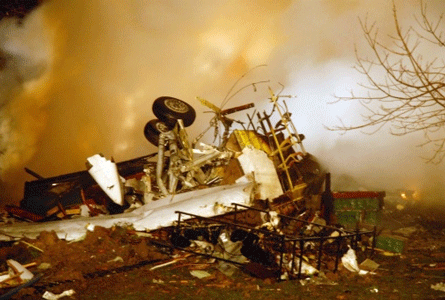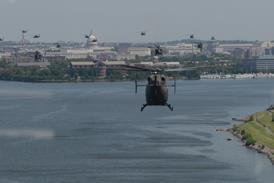TWO OF EUROPE'S largest airlines have committed huge sums of money to woo the high-yield passengers with new concepts in first-class cabins.
Air France launched its new L'Espace service on long-haul routes to the Americas and Asia on 11 September, while British Airways is expected to reveal its answer by 18 September.
Centrepiece of Air France's L'Espace 180 product is the new Sicma sleeper seat, which can be converted into an almost-2m bed with a total recline of 180°.
While BA is determined to keep details secret, the airline is known to have several innovations planned under its programme, code-named "Slingshot".
Like Air France's, BA's new seat is bigger and fully reclinable. BA could go one better than Air France, if rumors of the imminent introduction of private, wood-paneled, sleeper cabins are realised. Both seats will incorporate fully interactive inflight-entertainment systems, telephone and facsimile, and individual reading lights on BA aircraft.
Together with new menus, both airlines are focusing on the concept of "eat when you like" and "sleep when you like", which will allow passengers the freedom to suit their own eating patterns and body clocks.
The "at home" feeling is enhanced, by self-service bars with refrigerators for food and drink. All seats on Air France flights will be non-smoking, but the airline has introduced a smokers' bar, accommodating four to seven people in the L'Espace cabin.
While BA and Air France are gambling all 0n winning and keeping the customer, the passengers themselves will have the opportunity to gamble away their money on board, at least in the BA cabin.
BA ground crew, cabin crew and support staff, are already undergoing extensive training for "Slingshot", but management has been determined to avoid premature disclosure of its new service.
The investment is staggering. Air France is spending Fr525 million (about $100 million), which it expects to recover in two years. It will have converted 29 aircraft by January 1996, including five Boeing 767s, seven 747-400s, six 747-400 Combis and 11 Airbus A340s, with another seven - three 747-100s and four 747-200 Combis to follow before then end of 1996.
Source: Flight International























